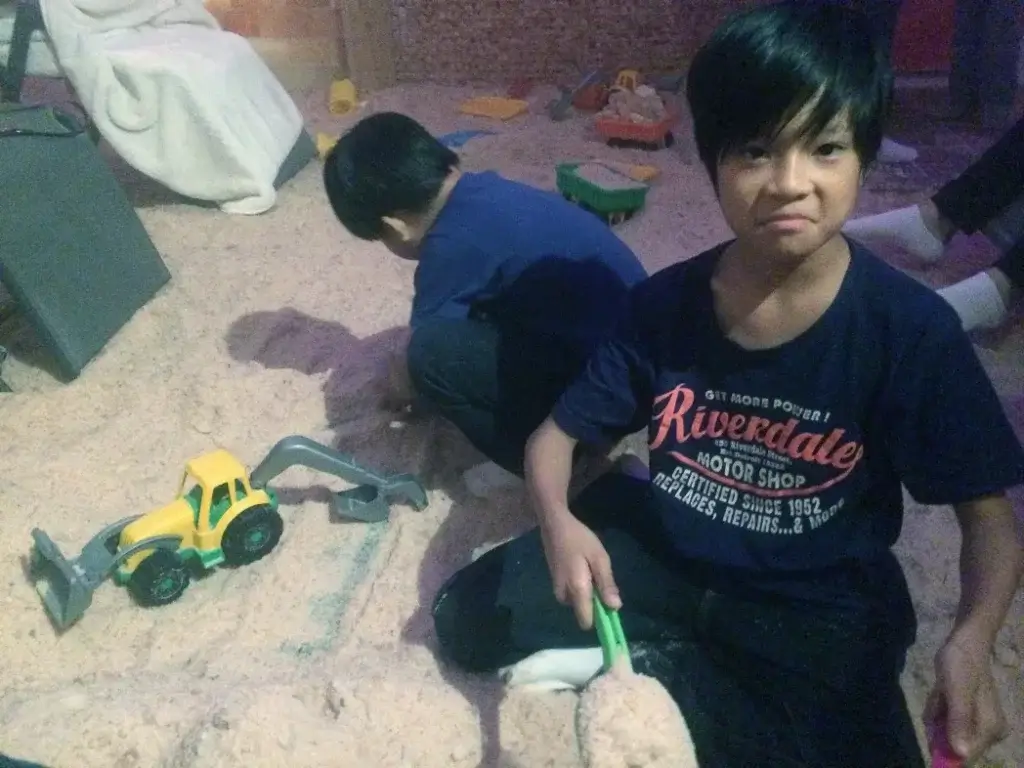
Salt Grotto For Kids With Asthma
While there are a lot of lakes in Austria, there’s no body of saltwater easily reachable. The sea air is often considered beneficial for individuals with asthma due to several factors that can positively impact respiratory health. Reason why, we go whenever we can for our older son who suffers from asthma since he was two.
When in the city, our alternative is to visit a salt grotto. A salt grotto, also known as a salt cave or salt therapy room, is a type of therapy space that recreates the natural microclimate found in underground salt mines or caves. It is designed to provide a relaxing environment where people can experience halotherapy, which involves breathing in salty air for potential health benefits.
Salt grottos typically feature walls and floors covered with layers of salt, while salt particles are released into the air through a halogenerator. The salt used is often sourced from natural salt mines and may contain minerals such as sodium, potassium, magnesium, and calcium.
The microclimate inside a salt grotto is believed to have several potential therapeutic effects.
Salt grottos are often considered as a complementary therapy for respiratory conditions, including asthma, in both children and adults. While individual experiences may vary, here are some potential benefits that have been associated with salt grotto therapy for kids with asthma:
- Respiratory Relief: The microclimate inside a salt grotto is believed to help improve respiratory symptoms by reducing inflammation, opening up airways, and promoting mucus clearance. Breathing in the salt-infused air may potentially lead to easier breathing and a reduction in asthma symptoms.
- Mucus Clearance: Salt therapy can aid in thinning and loosening mucus, making it easier for children to cough it up and clear their airways. This can help alleviate congestion and promote respiratory comfort.
- Reduced Airway Inflammation: The natural minerals found in salt, such as sodium and magnesium, may have anti-inflammatory properties. Salt grotto therapy is thought to help reduce inflammation in the airways, which is beneficial for asthma sufferers.
- Relaxation and Stress Reduction: Spending time in a salt grotto can create a calm and soothing environment. This can help reduce stress levels, as stress is known to be a potential trigger for asthma symptoms in some individuals.
- Drug-Free Alternative: Salt grotto therapy offers a drug-free approach to managing asthma symptoms. It can be used alongside conventional asthma treatments as a complementary therapy, potentially reducing the reliance on medication for symptom relief.

Before considering salt grotto therapy for a child with asthma, it’s crucial to consult with a healthcare professional, such as a pediatrician or asthma specialist. They can provide personalized guidance and recommendations based on the child’s specific condition and needs. It’s also important to continue following the prescribed asthma management plan, including medication usage and regular check-ups.




